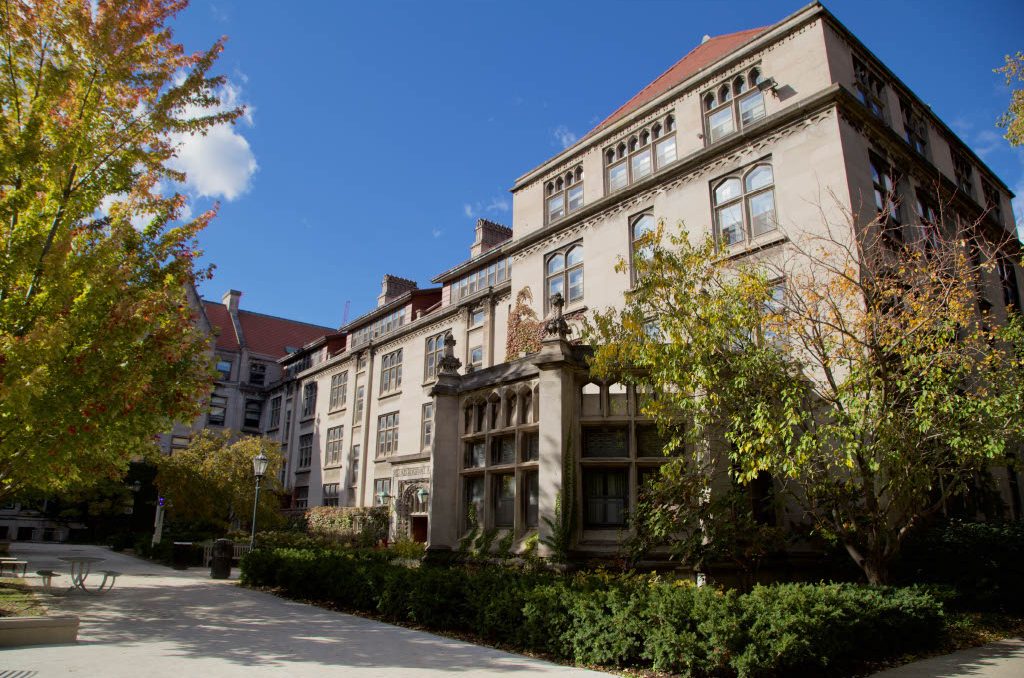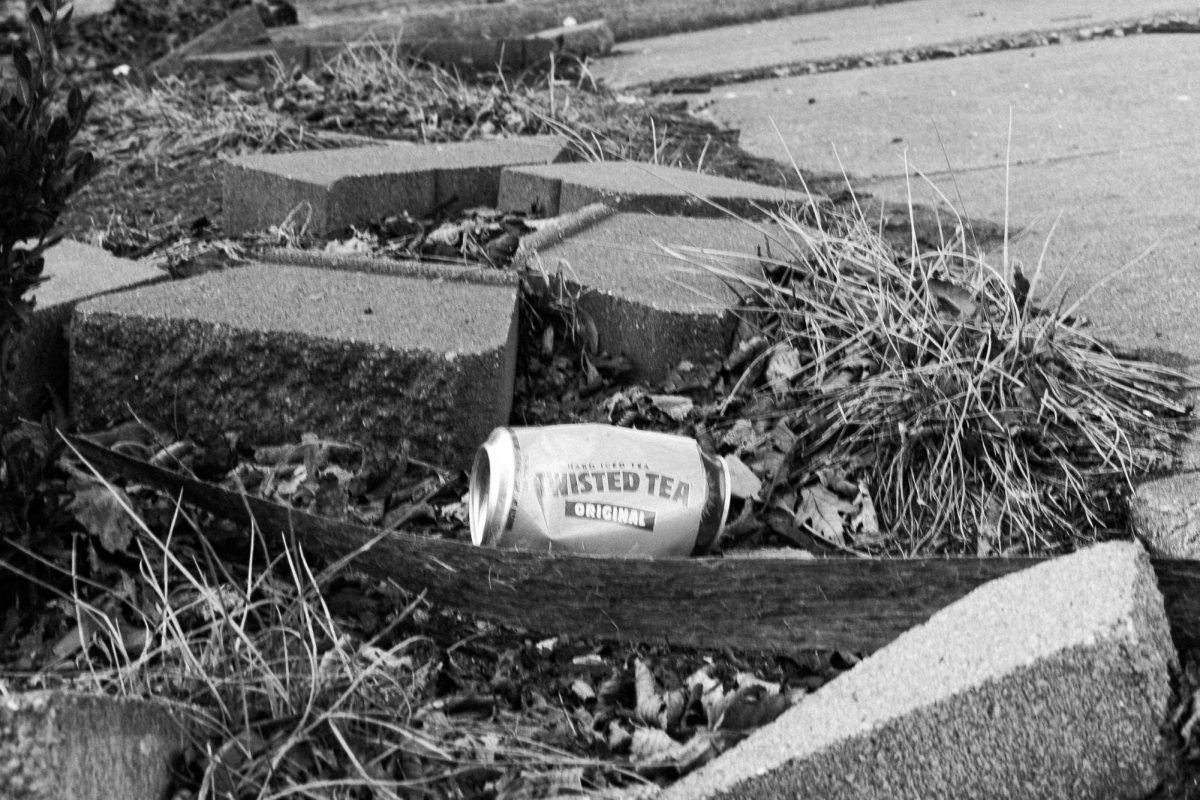University faculty recently received an e-mail from the Committee on Graduate Education (CGE) prompting us to fill out a survey. I thought I’d peruse the survey before responding and subsequently decided to forgo the pleasure. I find it hard to understand what is to be gained by university-wide statistics on various obscure categories often with murky connections between cause and effect. For example, it is unclear what the University has to gain from knowing what proportion of faculty respond “moderately common” when asked if students having “difficulty getting through the program” struggle because of “unrealistic expectations for what they must produce.” What is the purpose of attempting to understand graduate students’ academic experiences with such poorly defined, arbitrary categories?
I find this all the more surprising since a principal argument the University administration and David Nirenberg, chair of the CGE, made against graduate student unionization was that it would introduce bureaucracy and crude metrics into the special relationship between adviser and advisee. In an e-mail send on September 9, 2016, Nirenberg wrote, “Hence, I am suspicious of any process that threatens to commodify our work or reduce it to crude metrics or simplifications of value, as I suspect unionization would do.”
To be clear: I, and I assume many faculty, agree that the process of academic research and the educational relationship between adviser and advisee should not be reduced to crude metrics. I happen to be involved with three graduate programs, Statistics, Computer Science and Computational Neuroscience. Despite being closely related intellectual disciplines, these three programs are very different on almost all levels—recruitment, expectations in terms of research, teaching, lab work, commitment to adviser’s research agenda, time to graduation, summer activities, post-graduate employment. A serious effort to evaluate any one of them would require in-depth conversation among faculty both senior and junior, lecturers, non-academic admissions staff, and of course the graduate students. These questions cannot be reduced to “crude metrics.” This survey will not reveal anything we don’t already know, on the one hand, and might well produce inaccurate results, on the other, given the significant confessional element in the survey.
In contrast, and I emphasize—in stark contrast—the specific issues graduate students encounter as workers—whether T.A.s, R.A.s or instructors are easily quantifiable in terms of metrics and evaluated on a University-wide basis. And here the administration could learn from the survey conducted by the Graduate Students United (GSU) with the clear goal of focusing only on those quantifiable issues. GSU’s survey focused on questions regarding the distribution of student salaries, did students get cost-of-living increases, the timeliness of payments, health care access, and housing concerns. These are matters that can be readily and legitimately studied through a survey. Moreover, these issues need to be periodically reassessed, which is precisely one of the roles of a union. In contrast, the CGE graduate student survey had one question on satisfaction with University financial support, and one question on satisfaction with the current housing situation. Now, if say 30 percent of students report they are partially satisfied with their housing situation, what should we conclude?
So here we are again confronting the University’s intellectual dishonesty surrounding graduate student unionization. Much has been elaborated in letters over the past year.
The CGE was created in response to the unionization election held last October in which the graduate students overwhelmingly voted for unionization. The University administration had worked very hard to prevent the vote through legal channels, but once that failed, they switched tactics and strongly encouraged the graduate students to vote, hoping that a majority would reject the union. Disappointed with the result, the administration decided to show their contempt for the student body by again appealing to the National Labor Relations Board (NLRB), hoping that new Trump appointees would rule in their favor. Graduate student unions across the country were worried that the newly constituted NLRB would use this appeal as an opportunity to revoke the original 2016 NLRB decision allowing graduate students in private universities to unionize. So, they all decided to remove their requests for recognition from the NLRB. This does not preclude universities from voluntarily recognizing their graduate student worker unions, as Harvard, Brandeis, and Georgetown have done.
Instead, our administration decided to stick to their anti-union position and play the standard anti-union game of creating benevolent committees trying to address student dissatisfaction. Thus was born the CGE: Feign sincere concern for the workers but keep the entire process under management control, while ignoring the students’ organized response expressed through their union.
To reiterate, it makes perfect sense to survey and quantify issues of student income, expenses and health care, and the best way to do that is by listening to the elected student representatives in the GSU. Instead of creating paternalistic committees to address student dissatisfaction, the administration should show them the respect they deserve and negotiate with their union on those very issues. In no way is the GSU threatening to encroach on the academic aspects of graduate student life, or proposing uniform solutions to particular issues facing the different graduate programs. Ironically, that seems to be exactly what the CGE survey is doing. I therefore decline to participate.








